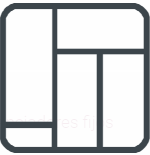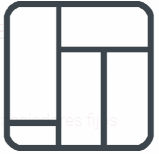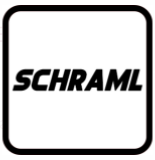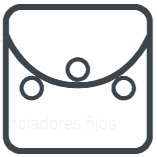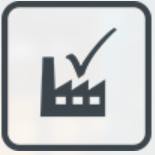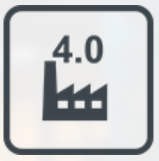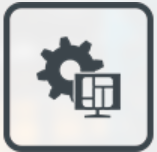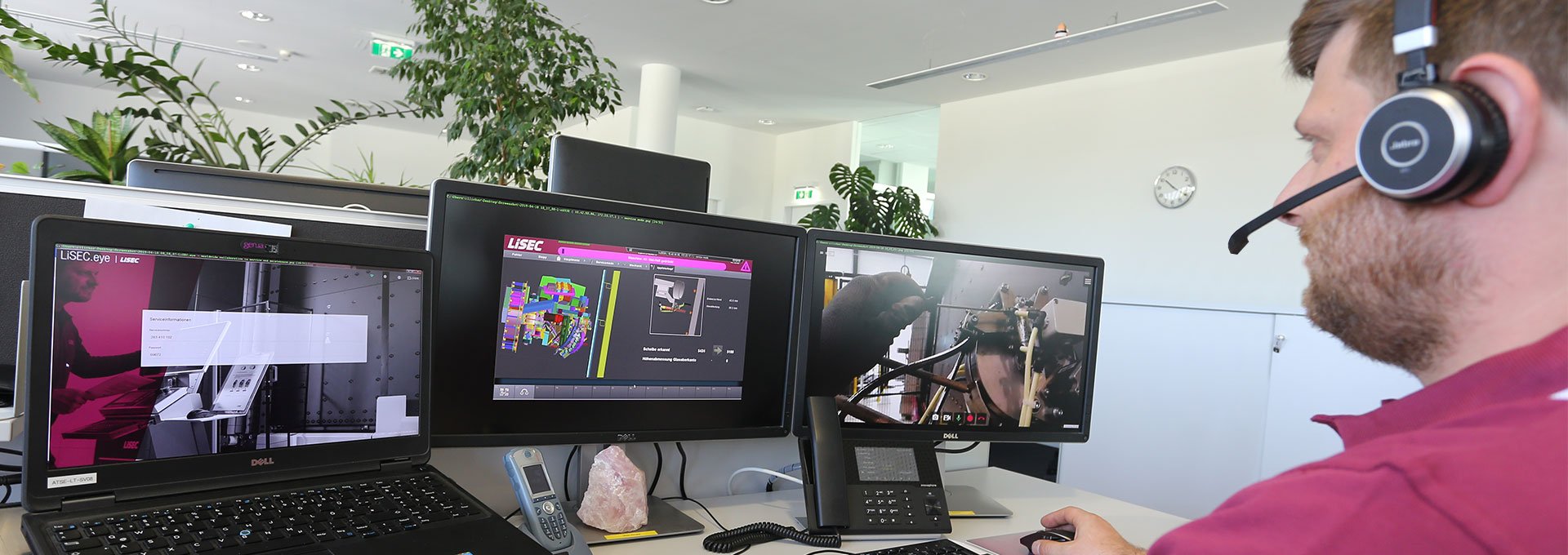How is glass actually cut professionally? From the basics of cutting to the differences between single and laminated glass, all the way to modern automation solutions – this article provides you with a compact overview of the most important methods, technologies, and tips related to glass cutting.
When cutting flat glass, “cutting” in the glass industry means something completely different than, for example, in the wood industry. There are differences between single and laminated glass, and even complex shapes can be achieved. Technical terms such as X-, Y-, Z-, and W-cut, the role of the cutting bridge, as well as the high degree of automation in this key process of glass processing are explained below.
WHAT DOES “CUTTING” MEAN IN THE GLASS WORLD?
Anyone who has never worked with glass might think of a saw, a laser, a knife, or scissors when hearing the word “cutting.” In the flat glass industry, however, cutting works differently: A small metal wheel scores the glass surface, creating a fine fissure. The angle of this wheel varies depending on the glass thickness. Then, mechanical cutting pressure is applied to the glass surface, which increases the stress concentration inside the glass. The combination of the fissure and the cutting pressure makes it possible to break the glass in a controlled way.
SINGLE GLASS, LAMINATED GLASS, AND THEIR SPECIAL FEATURES
A distinction is made between single glass (“float glass”) and laminated glass. Single glass is delivered in stock sheets of various sizes and cut to the desired dimensions using the described scoring method.
Laminated glass, which consists of two or more glass panes bonded with a tough, transparent interlayer, is more complex to cut. If one pane breaks, the interlayer holds it together—a crucial safety feature, for example, in automotive applications. When cutting laminated glass, both the upper and lower glass surfaces are scored simultaneously. The gap between the panes is opened with grippers, and then a blade is used in the next step. Turning large and heavy sheets is not practical in this process.
THE BASICS OF GLASS CUTTING: X-, Y-, Z-, AND W-CUTS
The coordinate system for glass cutting is well established in the industry and is used to describe different cutting planes:
- X-cut: Cross-cut across the entire sheet
- Y-cut: Partial cut in another direction of the coordinate system
- Z-cut: Further subdivision into narrower strips
- W-cut: Even deeper nested cuts for maximum material utilization (Note: W-cut is not always possible)
When cutting, all customer orders are considered to minimize the number of stock sheets required. Shapes are arranged to produce as little waste as possible—similar to the principle of Tetris.
This technology also allows for special shapes such as circles, trapezoids, or curved edges, as long as they involve positive radii. For negative radii, there are technical limitations because controlled breaking of the glass becomes more difficult.
THE CUTTING BRIDGE – THE HEART OF EVERY SYSTEM
The cutting bridge is a central element in the cutting process and is used for both single and laminated glass. The cutting head with the cutting wheel is positioned on the cutting bridge. The drive system allows every position on the glass to be reached in the X, Y, and Z directions and applies the necessary stress configuration to score and then separate the glass.
The cutting table is built horizontally for historical and practical reasons: In the past, glass was laid flat on the table and processed with a hand glass cutter. A vertical orientation would not be practical due to gravity and the required pressure.
THE RIGHT SETTINGS: AUTOMATION WITH “RECIPES”
Whether processing thin interior glass or thick architectural glass, parameters such as cutting wheel angle, cutting pressure, speed, and oil quantity are crucial. For thin glass, sharp angles (around 135°) are needed; for thick glass, blunt angles (up to 160°). Each glass type requires individual settings depending on manufacturer, thickness, and other properties.
Thanks to modern LiSEC systems, the optimal parameters for each glass type are stored as a “recipe.” At startup, the cutting wheel, angle, pressure, speed, and oil quantity are automatically adjusted to the glass being used. Even surface coatings, such as metallic nano-layers, can be considered: During cutting, the edge area is often stripped to ensure perfect bonding (e.g., for insulating glass).
Summary
Glass cutting is a key topic in glass processing. For more information, visit our blog or listen to our podcast LiSTEN LiSEC.

